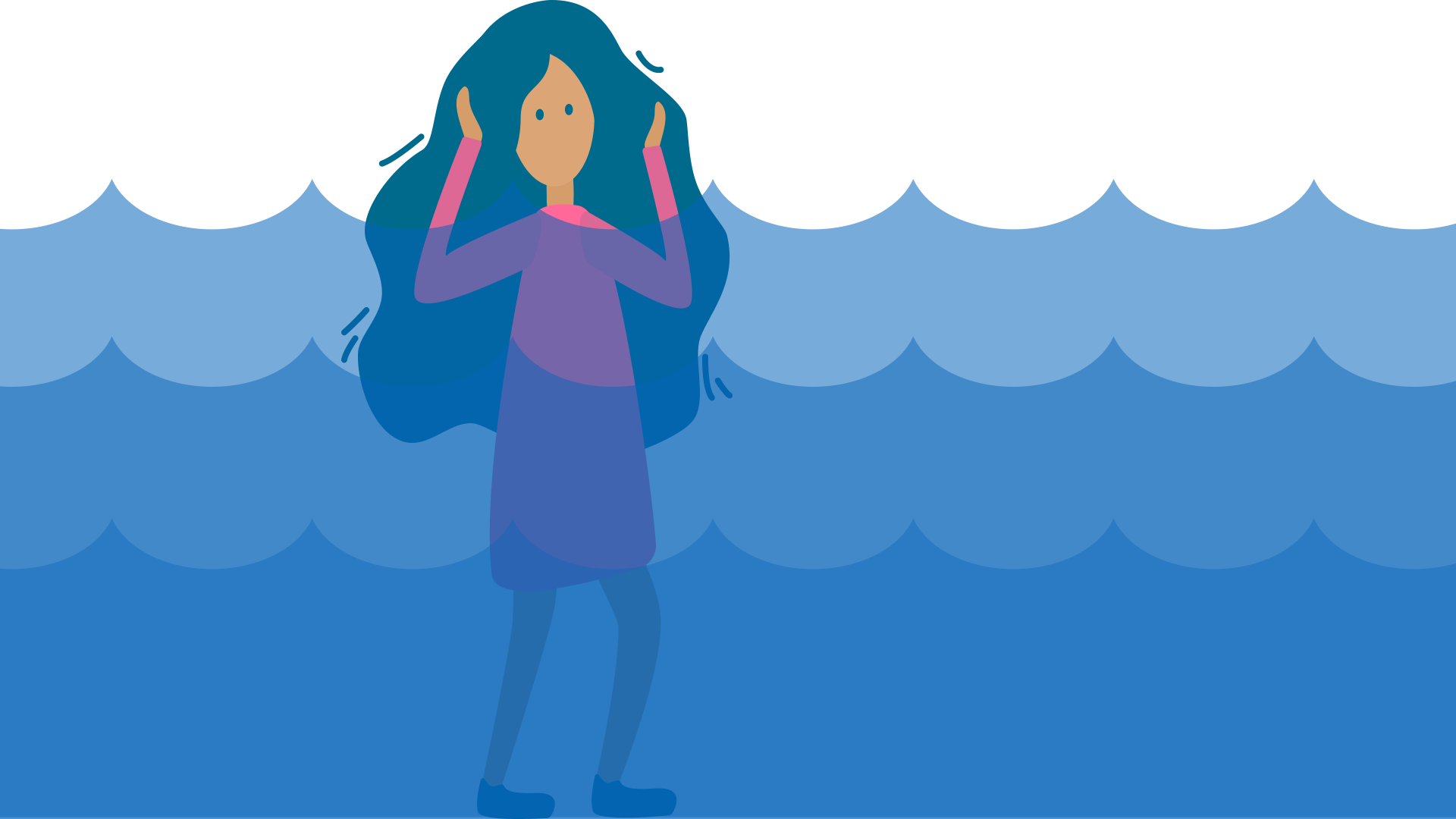Staying Within the Window: Mindfulness, Flooding, and the Power to Choose
There are moments when we suddenly feel overwhelmed — our heart races, our thoughts blur, and our body seems to take over before we even realize what’s happening. We snap, shut down, cry, or freeze. Later, we wonder: Why did I react that way?
The truth is, our nervous system is built to protect us. When it senses threat — even emotional threat — it shifts into survival mode. The key is learning to recognize when that’s happening, so we can gently guide ourselves back into balance.
This is where the concept of the window of tolerance becomes so powerful.
What Is the Window of Tolerance?
The window of tolerance, a term coined by psychiatrist Dr. Dan Siegel, describes the range of arousal or emotional intensity our nervous system can comfortably handle.
When we’re within our window, we feel grounded, present, and able to think clearly — even if we’re upset or stressed. We can process emotions, communicate, and make thoughtful choices.
But when something pushes us outside our window, we move into survival states:
Hyperarousal (fight or flight): We feel anxious, angry, restless, defensive, or flooded with energy.
Hypoarousal (freeze or shutdown): We feel numb, disconnected, spacey, or detached — like we’ve gone offline.
Everyone’s window is different, and it can shift depending on sleep, stress, trauma history, or even hunger. Knowing your own window — and your cues — helps you recognize when you’re leaving it.
Noticing When You’re Flooding
“Flooding” is what happens when we become so emotionally or physiologically overwhelmed that our thinking brain shuts down. The body takes over, operating purely on survival instinct.
Common tells that you may be flooding include:
Your heart starts pounding or your breathing quickens
You feel a sudden heat in your chest or face
You can’t find words or your thoughts scatter
You want to escape, lash out, or completely withdraw
Everything feels too much
Mindfulness begins by simply noticing these cues — without judgment. Instead of trying to push them away, you might say to yourself, “My body is telling me I’m outside my window right now.”
That awareness alone is a powerful pause.
Mindfulness: The Bridge Back to Choice
When we’re mindful of our body’s signals, we create just enough space between what’s happening and how we respond. That’s the space where choice lives.
Here are some mindful ways to support yourself when you notice you’re flooding:
Ground through the body
Feel your feet on the floor. Notice what’s solid beneath you. Let your breath move in and out without forcing it. Even two slow exhales can signal safety to your nervous system.
Name what’s happening
“I’m feeling overwhelmed.” “My chest is tight.” “My thoughts are racing.” Naming the experience can calm the emotional center of the brain by bringing in the thinking mind.
Orient to safety
Look around the room and remind yourself: I’m safe right now. Notice colors, sounds, textures — anything that anchors you in the present moment.
Take a mindful break
If possible, step away from the trigger — take a walk, splash cool water on your hands, or breathe fresh air. This isn’t avoidance; it’s regulation.
Making Choices Instead of Only Reactions
When we learn to track our nervous system and respond to its cues with mindfulness, we build something incredibly empowering: self-trust.
You start to notice the early signs of flooding sooner. You recognize that an argument, a memory, or even fatigue is shrinking your window. Instead of spiraling into old patterns, you can make small choices — to breathe, to step back, to soften your tone, or to rest.
This isn’t about staying calm all the time. It’s about staying connected — to yourself, your body, and your present moment — even when life feels intense.
A Gentle Reminder
Your window of tolerance expands with compassion, not control.
Each time you meet your reactions with awareness instead of shame, you’re teaching your body that it’s safe to come home again.
“Mindfulness doesn’t stop the waves — it teaches us how to surf them.”

